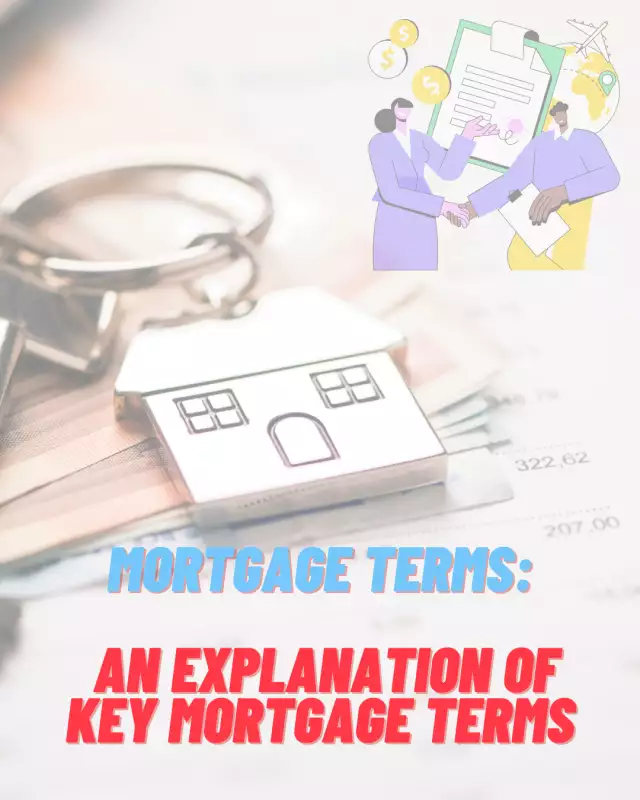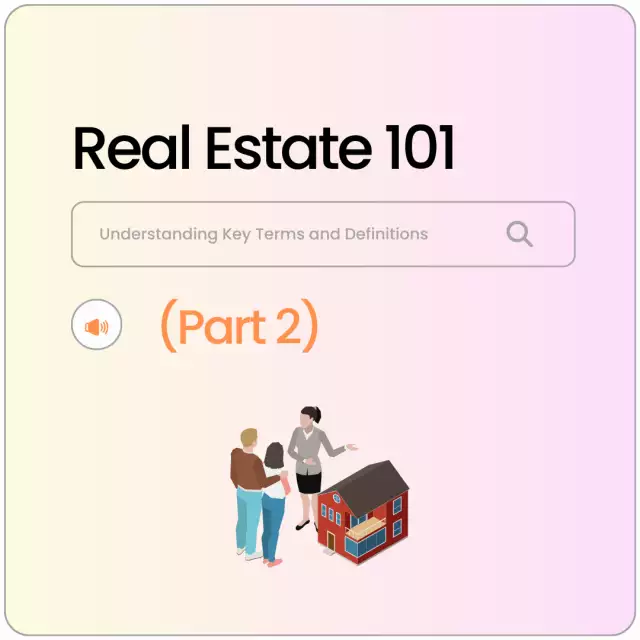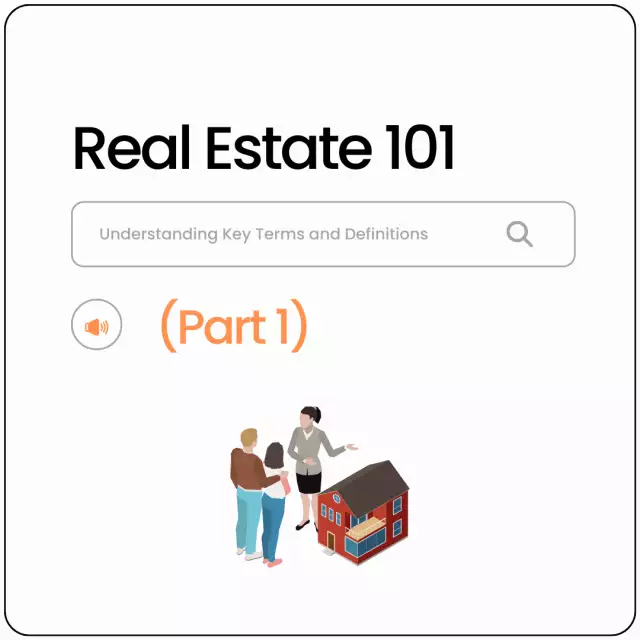Mortgage Terms: An Explanation of Key Mortgage Terms
Buying a homeis a major financial decision that requires careful consideration and planning. One of the most important aspects of the home-buying processis securing a mortgage. A mortgage is a loan that is used to purchase a home or property. Understanding the key mortgage terms is essential to making informed decisions and ensuring that you are getting the best deal possible. In this article, we will explore the key mortgage terms you need to know.
Principal
The principal is the initial amount of money that a borrower borrows from a lender to purchase a home. It is essentially the amount of money that the borrower owes to the lender, which is gradually paid off over the term of the loan. The principal amount is usually determined by several factors such as the purchase price of the home, the amount of down paymentmade, and the borrower's creditworthiness. It is important to note that the principal amount of a mortgage does not include any interest charged by the lender. For example, if a borrower takes out a mortgage for $300,000, the principal amount is $300,000, but the total amount paid back to the lender will be higher than $300,000 due to the interest charged on the loan.
Interest
Interest is the cost of borrowing money from the lender, and it is expressed as a percentage of the principal amount. The interest rate is usually determined by the current market conditions and the borrower's credit history. Generally, if the borrower has a good credit history, they may qualify for a lower interest rate than those with a poor credit history. The interest charged on a mortgage is paid back over the life of the loan, and it can significantly impact the total cost of the loan. For example, if a borrower takes out a 30-year mortgage with a principal of $300,000 and an interest rate of 4%, they will pay $215,608.52 in interest over the life of the loan. This means that the total cost of the mortgage will be $515,608.52 ($300,000 principal + $215,608.52 interest).
It is essential to note that interest rates can fluctuate over time, and borrowers may be able to refinance their mortgagesto obtain a lower interest rate. Refinancing a mortgage can result in significant savings in the long run, especially if the borrower can secure a lower interest rate.
Amortization
Amortization is the process of paying off the loan over time through regular payments. Each payment is made up of two parts: the principal and the interest. In the early years of the loan, the majority of the payment goes towards paying the interest. As the loan progresses, more of the payment goes towards paying off the principal.
The most common type of amortizationis a fixed-rate mortgage, where the interest rate remains the same throughout the life of the loan. Other types of amortization include adjustable-rate mortgages, where the interest rate can change over time, and interest-only mortgages, where the borrower only pays the interest for a set period of time before starting to pay off the principal.
Term Length
The term length is the length of time that the borrower has to pay back the loan. The most common term lengths are 15 and 30 years. A shorter term length means higher monthly payments but less interest paid over the life of the loan. A longer-term length means lower monthly payments but more interest paid over the life of the loan.
For example, if you have a 30-year mortgage with a principal of $300,000 and an interest rate of 4%, your monthly payment will be $1,432.25. Over the life of the loan, you will pay $215,608.52 in interest. If you had a 15-year mortgage with the same principal and interest rate, your monthly payment would be $2,219.06, but you would only pay $100,231.14 in interest over the life of the loan.
Frequently asked questions about mortgage terms
Q: What is the difference between principal and interest?
A: The principal is the amount of money you borrow to purchase your home, while the interest is the cost of borrowing that money from the lender.
Q: How does amortization work?
A: Amortization is the process of paying off the loan over time through regular payments that include both the principal and interest. In the early years of the loan, the majority of the payment goes towards paying the interest, while in the later years, more of the payment goes towards paying off the principal.
Q: What is a fixed-rate mortgage?
A: A fixed-rate mortgage is a type of mortgage where the interest rate remains the same throughout the life of the loan. This means that the monthly payment stays the same, making it easier to budget for.
Q: What is an adjustable-rate mortgage?
A: An adjustable-rate mortgage (ARM) is a type of mortgage where the interest rate can change over time based on market conditions. This means that the monthly payment can fluctuate, making it harder to budget for.
Q: What is the difference between a 15-year and a 30-year mortgage?
A: The term length of a mortgage can be 15 or 30 years, with a shorter term length meaning higher monthly payments but less interest paid over the life of the loan, and a longer-term length meaning lower monthly payments but more interest paid over the life of the loan.
Conclusion
Understanding the key mortgage terms is essential to making informed decisions when purchasing a home. By knowing the principal, interest, amortization, and term length, you can calculate the total cost of your mortgage and determine the best loan for your financial situation. Be sure to shop around for the best interest rates and terms and consult with a financial advisor or mortgage professional to ensure that you are making the best decision for your future.





